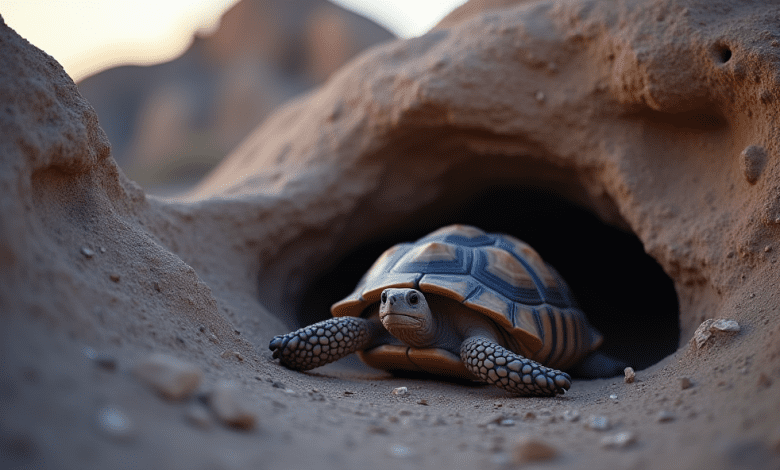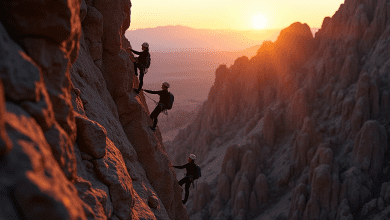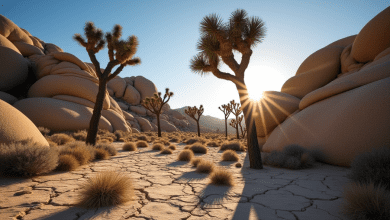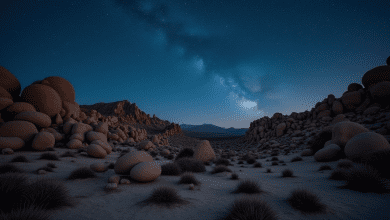Discovering Tortoises in Joshua Tree National Park: A Guide to Their Habitat and Conservation

Tortoises in Joshua Tree National Park: A Symbol of Resilience
Introduction
Nestled between the high desert and the rugged mountains of Southern California, Joshua Tree National Park is not only known for its stunning landscapes, sprawling Joshua trees, and vibrant sunsets, but also home to fascinating wildlife. Among its unique inhabitants, the desert tortoise holds a special place in this ecosystem. In this article, we will explore the significance of tortoises in Joshua Tree National Park, their habitat, conservation efforts, and how you can experience these remarkable creatures in their natural environment.
The Fascinating World of Desert Tortoises
The desert tortoise (Gopherus agassizii) is a true survivor, having adapted to one of the harshest climates on Earth. Known for their slow-moving nature and long lifespan, tortoises can live up to 80 years or more. Equipped with a hard shell that protects them from predators and harsh weather, these reptiles have charming personalities and play crucial roles in their habitats.
Habitat and Behavior
In Joshua Tree National Park, the desert tortoise primarily inhabits the Mojave Desert region. They thrive in areas with plenty of vegetation, such as cacti, wildflowers, and bushes, which serve as their primary food sources. During the scorching summer months, tortoises find refuge in burrows to escape the extreme heat.
One fascinating behavior of tortoises is their ability to hibernate during the cold winter months. As temperatures drop, they enter a state of brumation, slowing down their metabolism to conserve energy when food is scarce. This adaptation allows them to survive until spring when the desert blooms once again.
The Importance of Conservation Efforts
Unfortunately, the population of tortoises in Joshua Tree National Park has faced numerous threats, primarily due to habitat destruction, climate change, and human activities. As a result, the desert tortoise is classified as a threatened species under the Endangered Species Act.
Threats and Challenges
-
Habitat Destruction: Urban development, off-road vehicle use, and agriculture have led to the fragmentation of tortoise habitats. These activities can destroy their burrows and food sources, making it increasingly difficult for tortoises to survive.
-
Climate Change: Rising temperatures and prolonged droughts affect vegetation growth, which in turn impacts the tortoise’s food supply. Additionally, changing weather patterns can alter their natural habitats, complicating their lifecycles.
-
Predation: As human activity increases in desert areas, predators, such as ravens, become more prevalent, putting tortoise populations at greater risk.
Conservation Efforts
Various organizations, including the National Park Service and the U.S. Fish and Wildlife Service, are working tirelessly to protect these incredible creatures. Initiatives include habitat restoration projects, regulations limiting off-road vehicle use in sensitive areas, and educational programs to raise awareness about desert tortoises and their plight.
Visitors to Joshua Tree National Park are encouraged to practice responsible wildlife observation. Staying on designated trails, respecting wildlife, and minimizing noise can help preserve the natural balance of the ecosystem.
How to Experience Tortoises in Joshua Tree National Park
If you’re eager to catch a glimpse of these remarkable tortoises while exploring the park, here are some tips to enhance your experience:
1. Best Time to Visit
Spring (March to May) is the best time to see tortoises in Joshua Tree National Park. During this period, tortoises emerge from their burrows after hibernation, and the desert comes alive with wildflowers. Keep an eye out for tortoises basking in the sun or munching on tender greens.
2. Guided Tours and Programs
Participating in guided ranger programs can provide invaluable insight into the lives of tortoises and other wildlife. These tours often include discussions on conservation efforts and give visitors a chance to ask questions while enhancing their understanding of the park’s ecosystem.
3. Respect Wildlife Regulations
Always maintain a safe distance from tortoises (at least 50 feet) to prevent causing them stress or compromising their natural behavior. It’s crucial to adhere to park regulations, which are in place to protect both wildlife and visitors.
Conclusion
The desert tortoise stands as a symbol of resilience and adaptability in the harsh environment of Joshua Tree National Park. As we continue to advocate for their conservation, it is essential to understand their habitat and challenges. By promoting responsible wildlife observation and supporting conservation efforts, we can ensure that future generations have the opportunity to appreciate the charm and beauty of tortoises in their natural surroundings. Plan your visit to Joshua Tree National Park and immerse yourself in the enchanting world of its unique wildlife!




